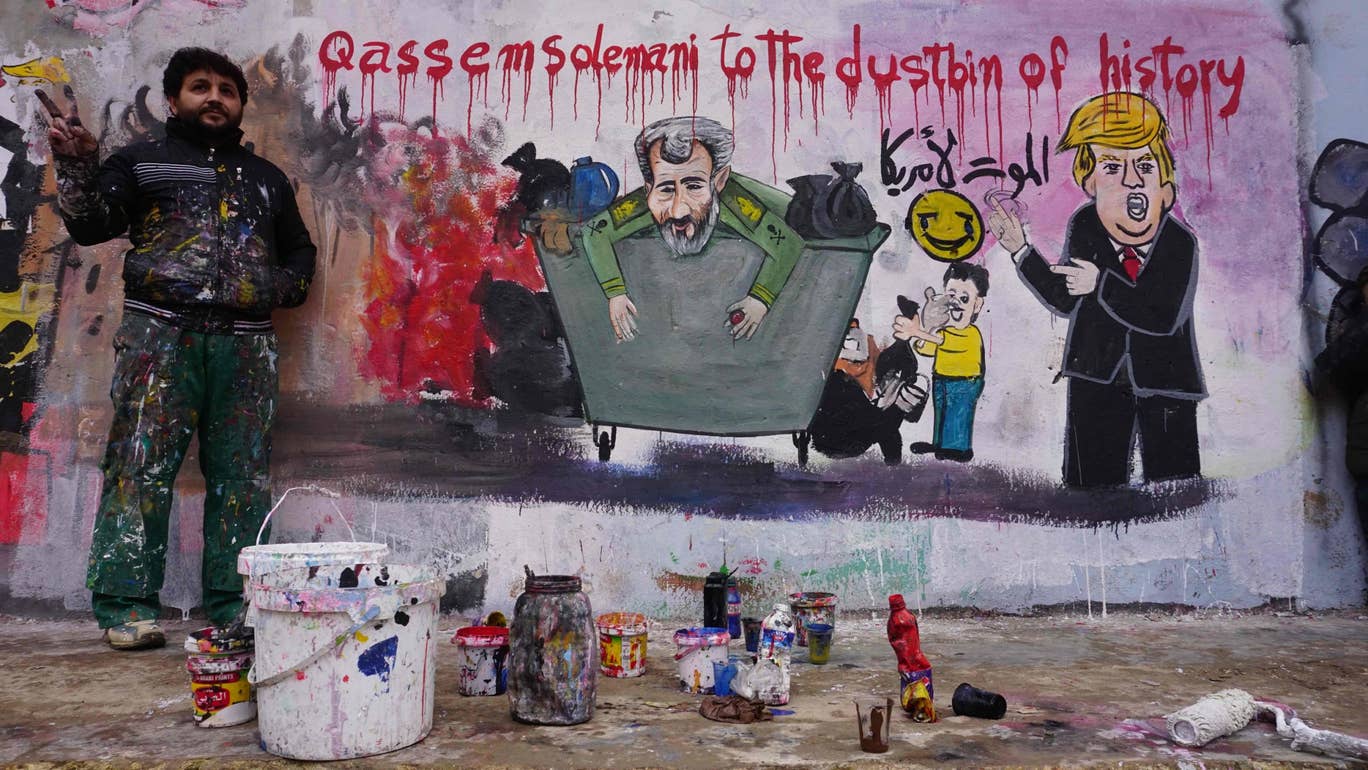
By assassinating Iranian Gen. Qassem Soleimani, the United States has undoubtedly dealt the final blow to the 2015 agreement, which Donald Trump had already denounced in 2018, but which continued to act as a framework for dialogue with Europe.
The consequences of the assassination of the most important general in Iran, Qassem Soleimani, in an American military strike on Friday Jan. 3 in Baghdad, are, for the moment, raising speculation; but it’s safe to bet that they will be many and profound. The most likely among them concerns Europeans, primarily; although not involved in the American operation, their efforts to save the 2015 multilateral agreement on the Iranian nuclear program are now destined for almost certain failure.
Every escalation has its root causes. It would be oversimplifying to place the entire onus for this on Donald Trump’s shoulders, even if he has boldly stuck to personally claiming responsibility for deciding on the targeted strike that killed the Iranian leader. Gen. Soleimani’s capacity to cause harm has been illustrated many times over: head of Iran’s elite Quds force, elite unit of the all-powerful Islamic Revolutionary Guard, architect of Iranian expansion in the Middle East, destabilization strategist, he had the blood on his hands of more people in the region than he cared to count.
When he was killed in Baghdad, Qassem Soleimani had been coming from Beirut, where he helped build one of the most effective political and paramilitary organizations in the area, Hezbollah. He reproduced this model in surrounding countries by multiplying the Shiite militias there. In Syria, he led the forces that upheld the Assad regime. Then, ultimately, he crossed the red line by directly targeting American lives.
A Precarious Balance
None of the European leaders who signed the agreement to prevent Tehran from acquiring nuclear weapons in 2015 with Iran, the United States, Russia and China was ignorant of Gen. Soleimani’s true nature. Then president, Barack Obama himself knew that only too well. But, with this agreement, the West had established a modus vivendi with the Iranian regime, ensuring a sort of balance, admittedly precarious, but which made it possible to avoid nuclear proliferation in a highly unstable region. The government played its part in the game, being able to lift the sanctions that strangled the nation in return for freezing a nuclear program under international control.
This precarious balance was jolted in 2018, when, despite Europe’s insistence, Donald Trump denounced the Joint Comprehensive Plan of Action, a deal which he considered “should have never, ever been made.” He replaced it with a strategy of “maximum pressure” on Iran. In cooperation with the faction of the Iranian regime that was ready to hold discussions, Europe (France, Britain and Germany) then took up the task of trying to keep this agreement alive at least until the U.S. presidential election in November 2020.
In the coming days, Tehran must choose its position on whether to resume uranium enrichment activities prohibited by the agreement. It is difficult to see how the Iranian interlocutors of Europe could still impose diplomatic channels on the hardliners of the regime today, who, more than ever, will see nuclear weapons as a chance for survival.
At least this imperfect agreement had the merit of existing, with space for negotiation. This space closed on Friday, with the smoking skeleton of the car transporting the Iranian warlord to Baghdad. There is no more diplomacy, nor strategy of pressure nor sanctions. Only confrontation.

Leave a Reply
You must be logged in to post a comment.